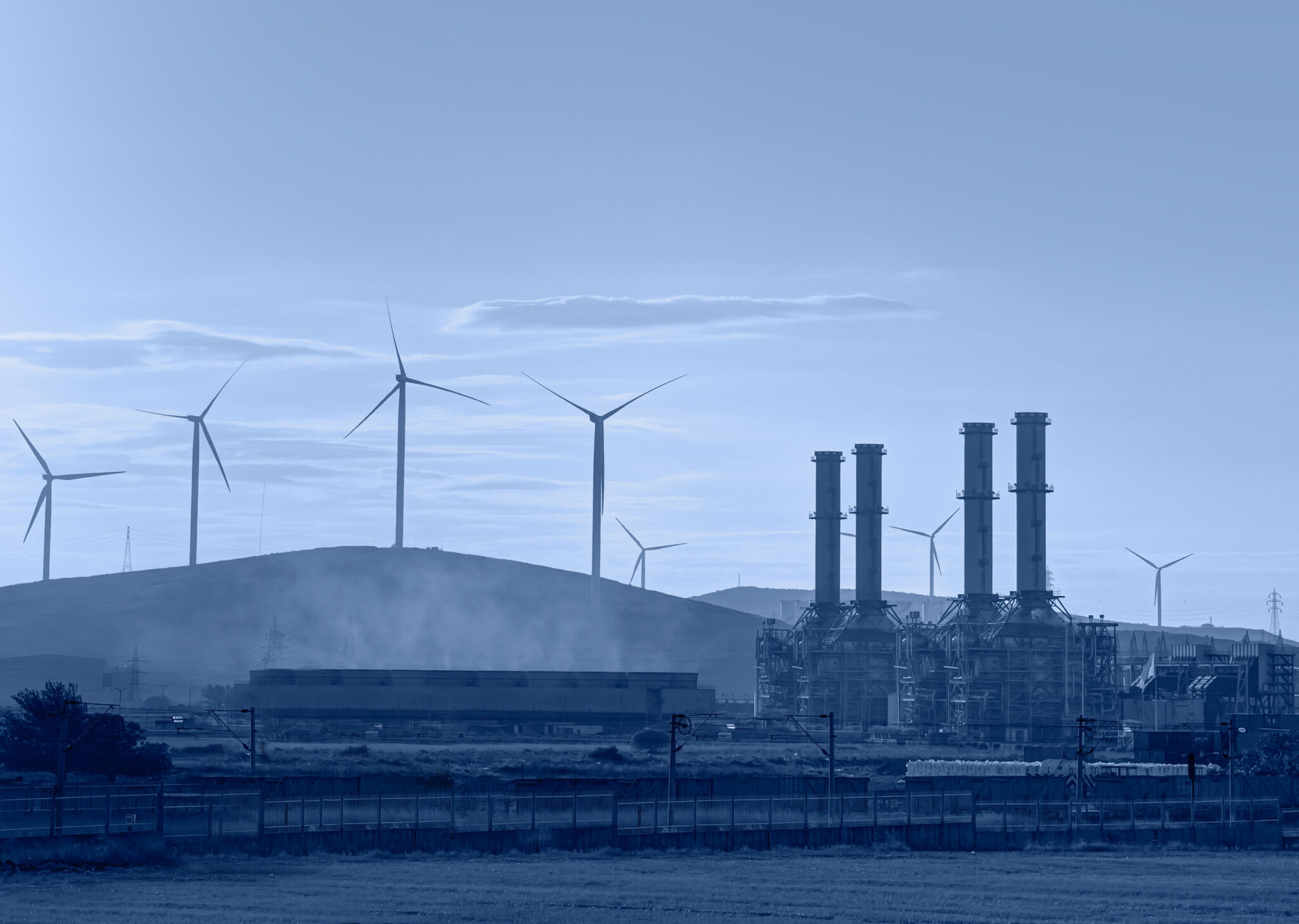Pollution by energy source
Tipping the scales of our electrically related carbon emissions will take a new infrastructure grid, storage technology advancements, and our energy mix rebalancing. We’ll quickly dive into the different energy sources and assess their polluting capabilities. And finish with an analysis of emissions caused by solar panels throughout their lifecycle. Here is a high-level look at the waste problems of other energy sources:
Coal
Burning coal produces coal ash which contaminates the air and drinking water with mercury, cadmium, and arsenic; as one of the largest sources of industrial waste, over 100 million tons annually. US solar panel waste is expected to hit 1 million tons by 2030.
Natural Gas
Often referred to as the clean alternative to coal. Most of the waste streams associated with natural gas are from exploration and production. Such as fracking that contaminates freshwater sources.
Nuclear
Lauded as a significant contributor to clean, renewable, abundant energy. The potential hazardous waste from nuclear gives pause when considering nuclear deployment. Waste is low but also in deployment capacity since it relies on centralized energy infrastructures and is subject to decades-long implementation reviews.
Hydro
Although a renewable source of energy, ecological implications that governments did not consider in the 20th century has surfaced as significant sustainability issues for this energy source. Not necessarily waste, but the stifling of natural processes such as salmon runs, flooding, and rerouting natural water paths affect the resiliency of the ecosystems surrounding hydroelectric dams.
Wind
Wind energy faces a similar problem to that of solar. With a lifetime of around 20 years, concrete and metal comprise the majority of waste, weightwise (both recyclable). Currently, the largest source of waste here is the fiberglass that makes up the blades of wind turbines; new technologies and recycling methods are necessary to reduce fiberglass waste.

Life cycle assessment of solar
A Life Cycle Assessment of solar panels study conducted by the National Renewable Energy Laboratory (NREL) found that solar panels emit around 40 g of CO2 per kWh over their lifetime. Compared to natural gas at 500 g CO2 eq/kWh and coal at 1000 g CO2 eq/kWh.
Cradle to grave emissions
Around 60% – 70% of the emissions come from the manufacturing phase of creating solar panels. That includes raw material extraction, production, and construction of manufacturing facilities that include components used in solar panel systems. While only around 20% – 26% of emissions occur during the power generation phase and system operation and maintenance. 5% – 20% of emissions are emitted during the solar system/plant decommissioning and disposal.

Recycling solar panels in WA
In 2017 Washington legislature passed Senate Bill 5939 to bolster a local and sustainable renewable energy industry. Chapter 70.355 RCW of the bill would set standards for recycling solar PV equipment under the name of the Photovoltaic Modules Stewardship Program. This would require manufacturers of solar PV modules to have a process for the public to safely and efficiently recycle all modules purchased after July 1st, 2017. Delayed by the pandemic, this program is set to begin in 2025. With Living Green Technology already having processes to handle solar panel recycling, it is in a critical position to steward more solar PV equipment and e-waste recycling in Washington.
Carrying the momentum forward
Solar panels indeed generate electricity emissions-free. However, that does not take in the entire picture. Manufacturing technology such as solar panels, batteries, and electric vehicles generates emissions during each phase of production, use, and disposal. It’s essential to continue to support and invest in these technologies so that they can become cheaper and more efficient, all the while expanding our knowledge on how to manufacture better and handle the end-of-life process, which is vital to maintaining and building a sustainable supply chain.


